What does the job of an interior decorator consist of?
Introduction
Interior decoration, a profession combining art and technique, fascinates by its ability to transform living spaces. But what exactly does this profession consist of?
History of the profession
The profession of interior decorator, as we know it today, finds its origins in the decoration and arrangement of living and working spaces since Antiquity. At that time, decorative elements were often integrated into the architecture itself and reflected social status and cultural beliefs. Over the centuries, interior decoration has evolved, influenced by different artistic and architectural styles. In the Middle Ages, for example, the focus was on functionality, while the Renaissance saw a renewed interest in aesthetics and symmetry.
However, it was in the 18th century, with the emergence of Rococo and later Neoclassicism, that the profession really began to distinguish itself. Decorators of the time, often from artistic backgrounds, paid particular attention to details and the harmony of colors and shapes. In the 19th and 20th centuries, with industrialization and technological advances, the profession became more professionalized and diversified, incorporating principles of modern design and functionality. Today, the interior decorator combines these historical legacies with contemporary trends, creating spaces that reflect both the personality and functional needs of their clients.
Required skills
Creativity is at the heart of the profession, but it is accompanied by technical design skills, as well as an excellent ability to communicate and understand clients' needs.
Necessary training
To become an interior decorator, specialized training is generally necessary. This training can be followed in art schools, design schools, or universities offering courses in interior design. The path often begins with a basic diploma, such as a BTS (Brevet de Technicien Supérieur) in spatial design or a DMA (Diplôme des Métiers d'Art) in habitat arts, in France. These two- or three-year programs allow acquisition of basic skills in technical drawing, art history, colorimetry, and 3D design.
After these diplomas, it is possible to continue with a bachelor's or master's degree in interior design. These higher-level programs offer more in-depth training, covering aspects such as space psychology, ergonomics, sustainable development, and project management. They also offer internship opportunities in companies, essential for gaining practical experience.
What does the daily life of an interior decorator look like?
The daily life of an interior decorator is varied and creative, involving both artistic and technical aspects. A typical day may start with checking emails and messages to coordinate ongoing projects. The decorator may then go to sites to monitor progress of the work, meet clients to discuss their needs or present design proposals.
A significant part of her work consists of designing interior spaces. This involves creating plans, sketches, and 3D models to visualize the proposed layouts. She must take into account the client's wishes, ergonomics, aesthetics, and budget. Selecting materials, colors, furniture, and accessories is crucial and requires good knowledge of current trends and suppliers.
Meetings with clients, architects, craftsmen, or suppliers are frequent to discuss project details. The decorator must also manage the administrative and financial aspects of her activity, such as drafting quotes, invoicing, or managing client relationships.
Keeping up with new trends in interior design, attending trade shows, or reading specialized publications are also part of her daily routine, allowing her to stay at the forefront of her field.
Finally, communication is a central aspect of this profession. Whether through social networks, her website, or meetings with clients….
The importance of the professional network
The importance of the network for an interior decorator is paramount. Indeed, the profession relies heavily on relationships of trust and collaboration with various professionals. A good network not only allows obtaining client recommendations but also collaborating effectively with craftsmen, suppliers, and other building professionals, which is crucial for delivering quality projects.
The job market
The job market for the interior decorator profession is dynamic and offers several opportunities, although it is also competitive. This market varies depending on several factors, including geographic location, economic trends, and changes in consumer preferences.
Interior decorators can find opportunities in companies specializing in interior design, architectural firms, real estate agencies, construction companies, or even in furniture and decoration stores. Some choose to work freelance, offering greater flexibility but requiring the ability to build a client base.
Advice for beginners
For beginners in the interior decorator profession, here are some valuable tips to start well and evolve in this exciting career:
The tools of the trade
An interior decorator uses a variety of tools to realize her visions and projects. These tools are generally divided into two categories: physical tools and digital tools.
Physical tools such as: material samples, measuring tape and ruler, sketchbook and pencils, a color palette, supplier catalogs.
Digital tools: CAD (Computer-Aided Design) software, 3D modeling software, image editing software, project management applications, budgeting and invoicing software, file sharing platforms, social networks, and online marketing tools.
Marketing advice for development
To develop one's presence in the market and become known, it is essential for any professional, including an interior decorator, to adopt effective personal marketing strategies. Here are some tips:
Conclusion
Interior decoration, more than a profession, is a passion that enriches people's lives, with a promising and dynamic future.


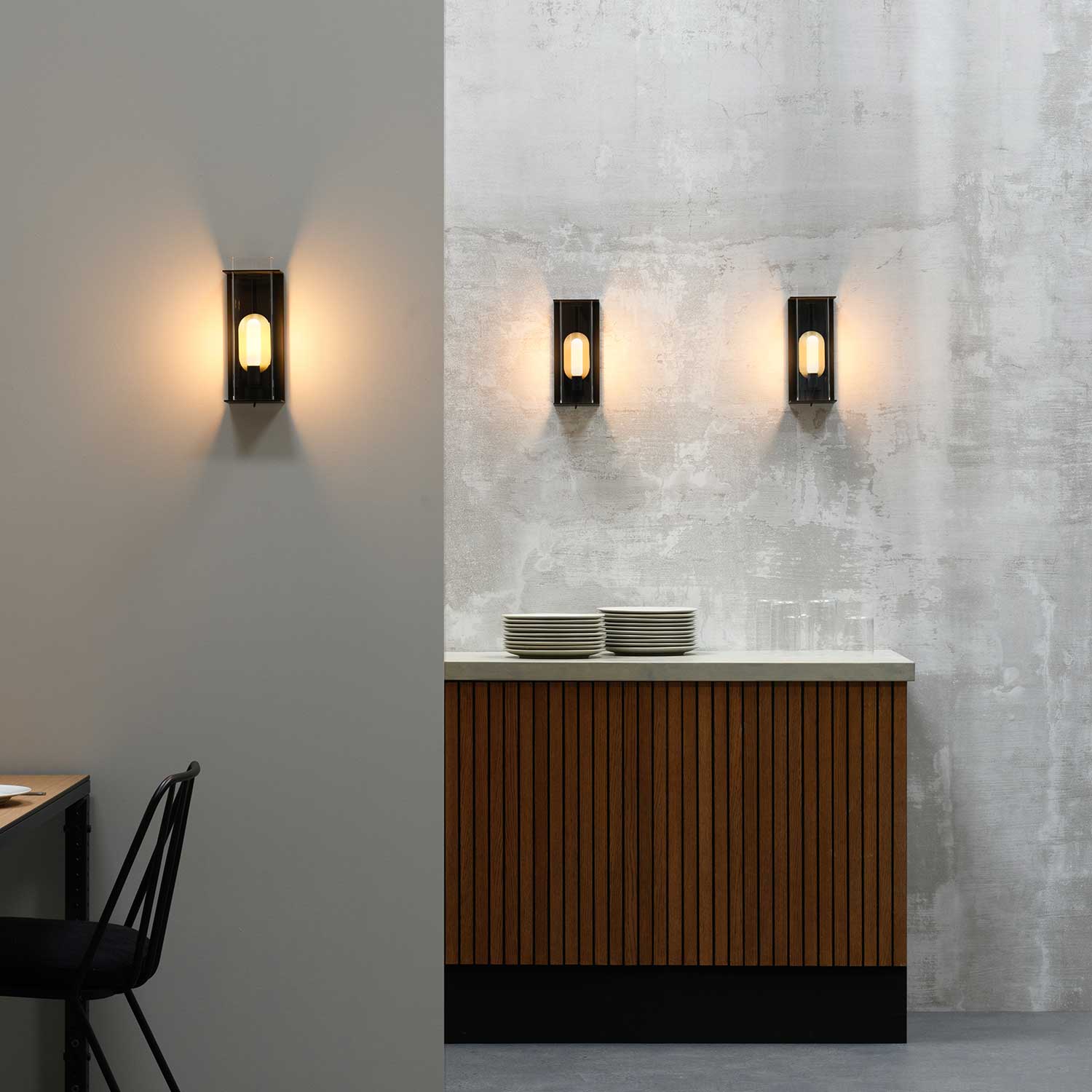
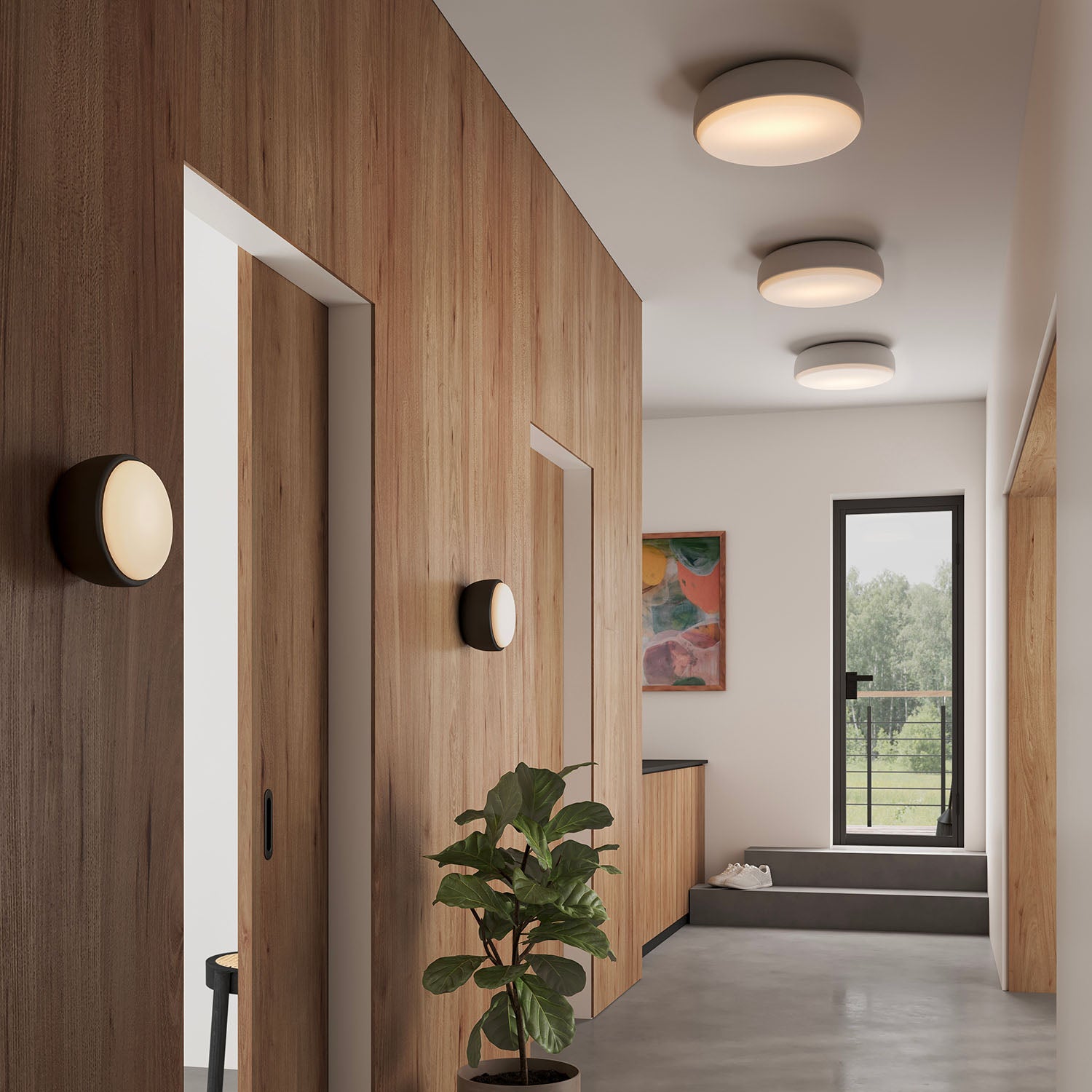
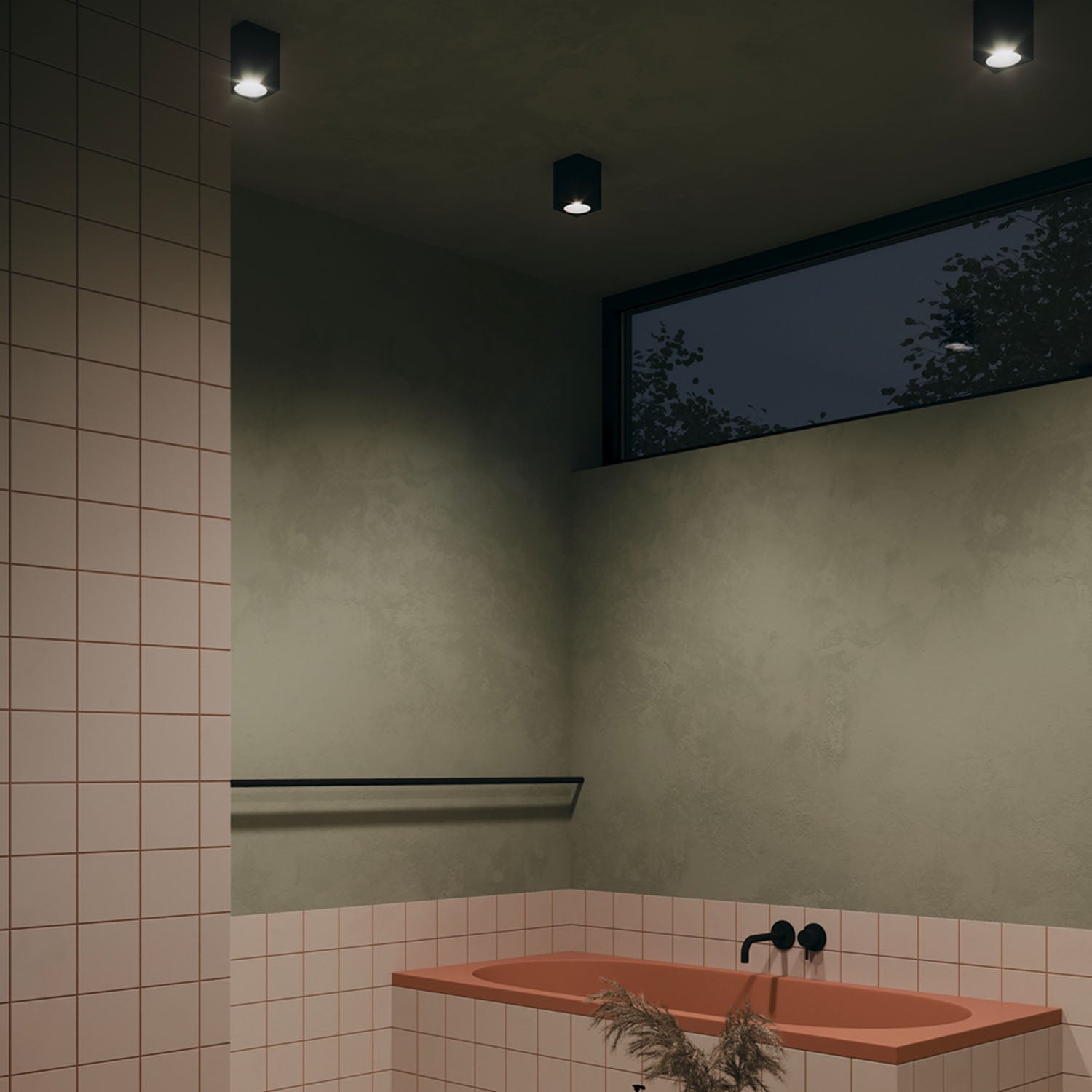
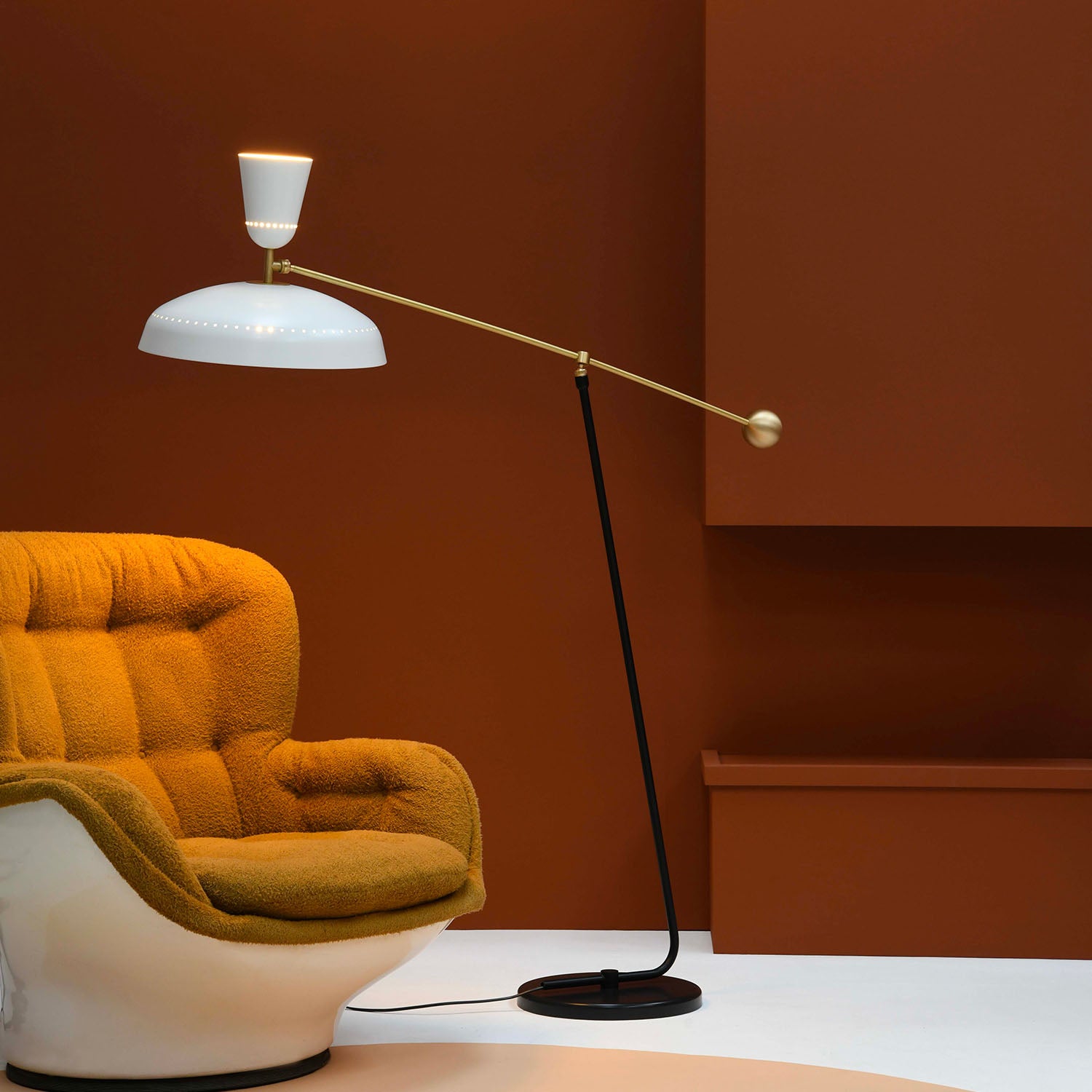
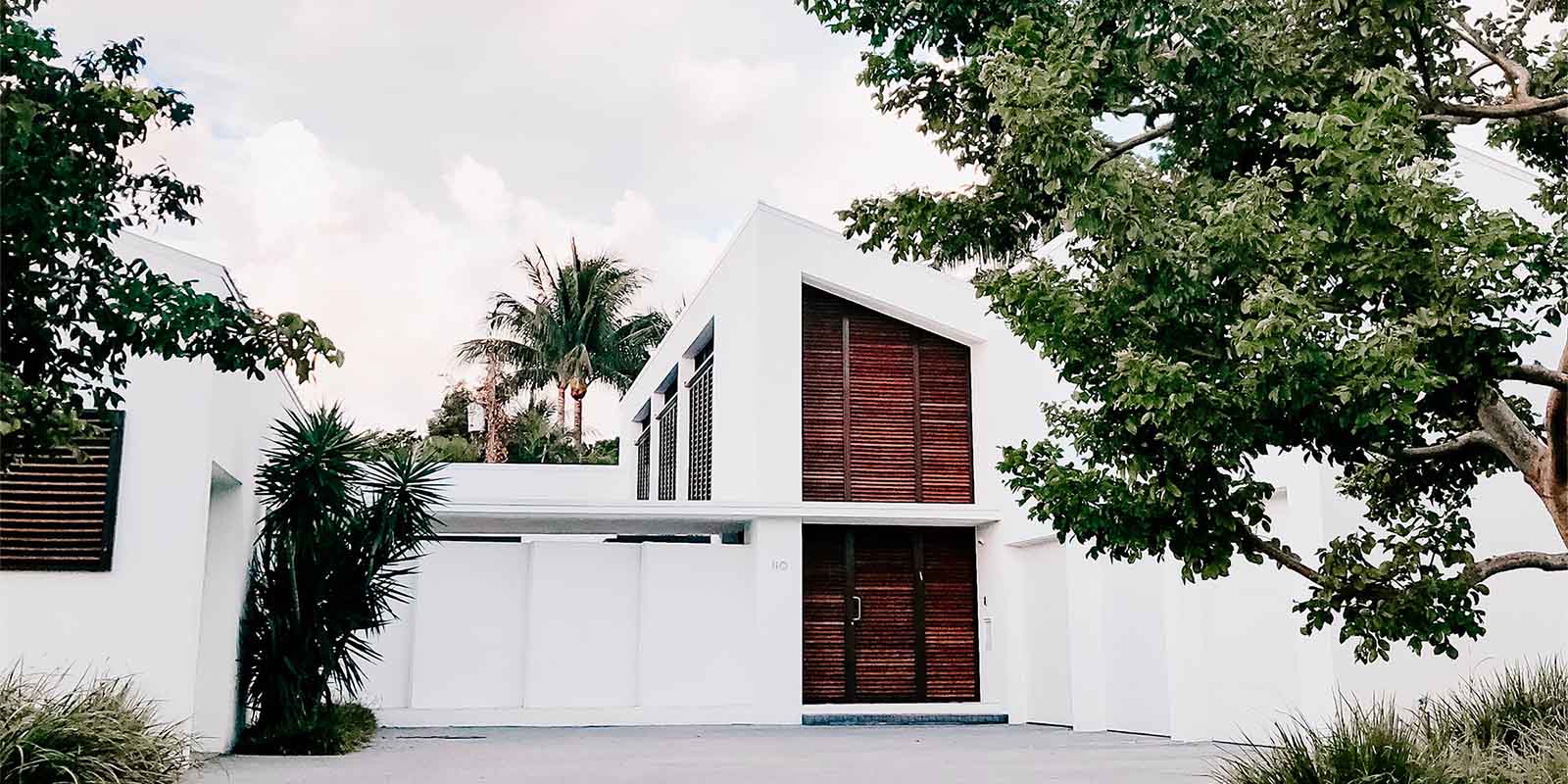
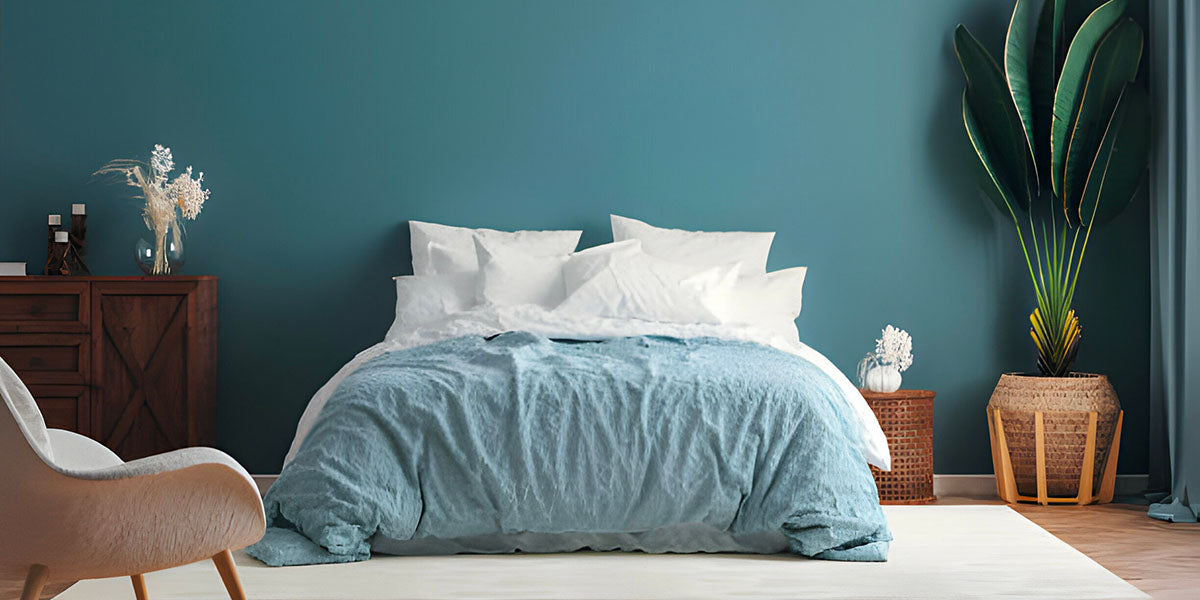
Leave a comment
This site is protected by hCaptcha and the hCaptcha Privacy Policy and Terms of Service apply.